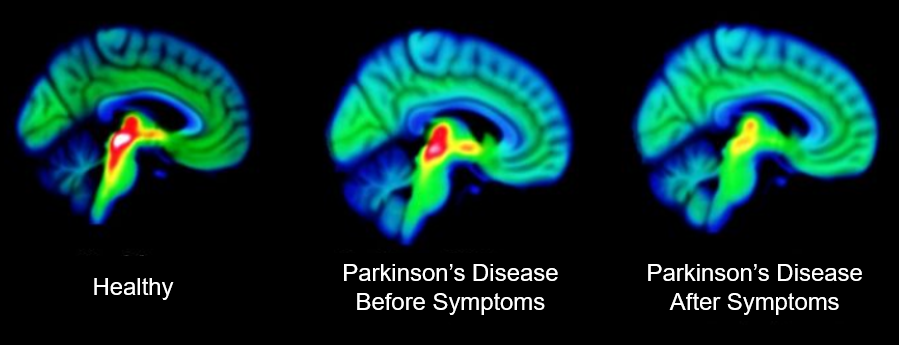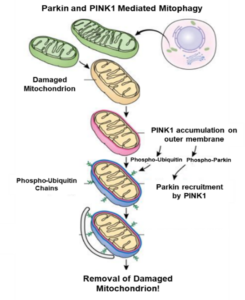
By: Rebekah Varghese and Derrick Padykula
Parkinson’s Disease (PD) is the second most common neurodegenerative disease, affecting 1-2% of the population. Now, when you consider the world’s population to be upwards of 7 billion, you realize that more than 7 million people are suffering from PD today. One of these PD patients could be your neighbor, your grandparent, your friend, or some other important figure in your life. The list of symptoms and complications is long, but overall, one of the worst facets of this disease is the way it affects your mind, making the simple things we do automatically every day nearly impossible for people with PD.

In 1991, famous actor Michael J. Fox was diagnosed with early onset PD at the age of 29. He has made many public statements about his experiences living with the disease, increasing awareness to it. “With Parkinson’s, it’s like you’re in the middle of the street and you’re stuck there in cement shoes, and you know a bus is coming at you, but you don’t know when. You think you can hear it rumbling, but you have a lot of time to think. And so, you just don’t live that moment of the bus hitting you until it happens. There’s all kinds of room in that space.” His experiences eventually led him to form the Michael J Fox Foundation (MJFF) for Parkinson’s Research, which has raised more than $700 million to date. He aims to help others struggling with the same condition as, “on average, Parkinson’s patients in this country spend $12,000 to $17,000 a year out of pocket”. For more information about MJFF, please visit this page.
Currently, there is no cure for PD, and the best treatments available provide only symptomatic relief, instead of going to the root of the issue and hindering disease progression. This is what the MJFF and other research organizations, including LifeSensors, hope to change in the future.

To get into more of the nitty gritty science, PD, like other neurodegenerative diseases including Alzheimer’s Disease and various forms of dementia, can be characterized by aggregates of proteins (also called Lewy bodies) found inside diseased neurons. In PD, the protein clumps are mainly composed of the protein a-synuclein. In a healthy neuron, a-synuclein is correctly folded and functions properly, but in a diseased neuron, the protein is misfolded, exposing sensitive regions that can lead to its aggregation. These protein clumps can damage the mitochondria of the cell. You’ve probably heard that the mitochondria are the “powerhouses” of the cell, and this is true as they produce energy for your cells, allowing you to complete daily activities without even thinking about it. In addition, some of the symptoms are caused by loss of serotonin function, a very important neurotransmitter, which is illustrated in the figure at the top.
While the cause of most cases of PD has not been pinned down, we know that some forms of PD are caused by mutations in Parkin, one of more than 600 ubiquitin conjugating enzymes known as E3 ligases (for more information about this enzyme and the ubiquitin-proteasome system—please visit this page) and PINK1 kinase, a phosphorylating enzyme. Parkin and PINK1 are involved in the pathway that deals with the quality control of the mitochondrion and mitophagy (the clearing of damaged mitochondria that have failed cellular quality control checks) as shown in the image above. PINK1 senses the mitochondrial damage and enables Parkin to trigger the removal of damaged mitochondria by facilitating mitophagy. Therefore, failure of the proper functioning of Parkin and PINK1 can lead to the accumulation of damaged mitochondria, which is harmful to the cell. This happens in the neurons of all PD patients regardless of the original cause of their disease. Study of these mechanisms could one day lead to the discovery of a biomarker, allowing for earlier intervention when attempting to treat and hopefully cure this disease. To combat this compromised pathway and restore efficient mitophagy in PD patients, therefore curing early onset Parkinson’s, significant effort by LifeSensors is going into researching potential therapeutic targets associated with Parkin and PINK1. A therapeutic able to clear damaged mitochondria and replace them will greatly benefit the lives and outcomes of PD patients.
